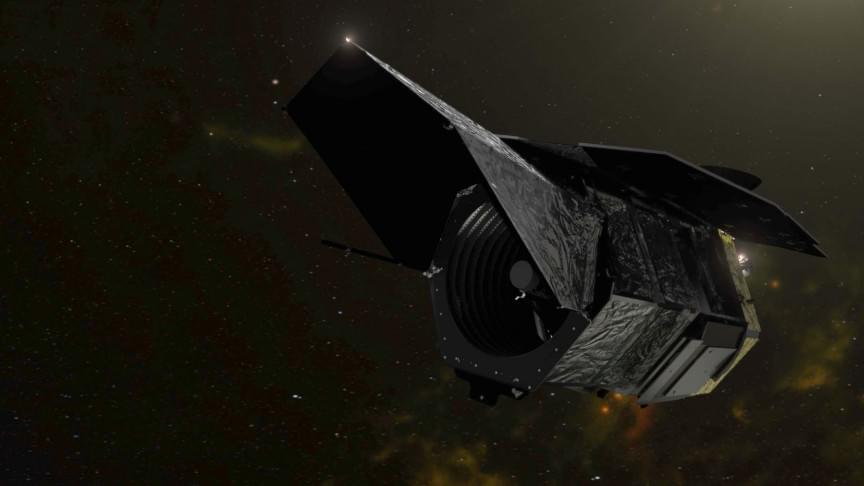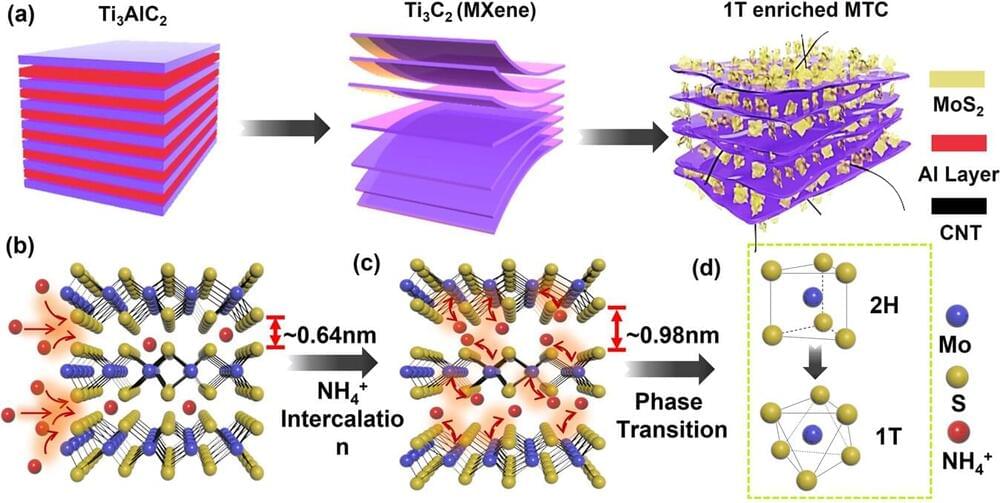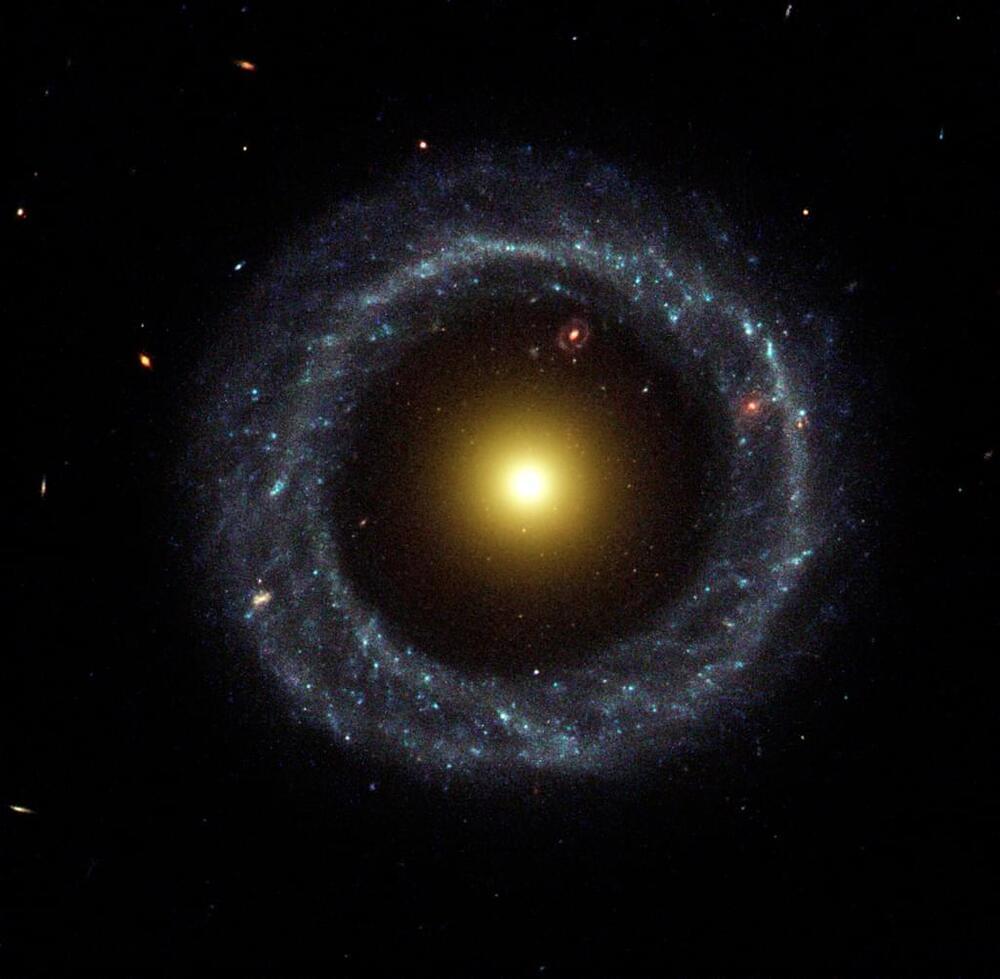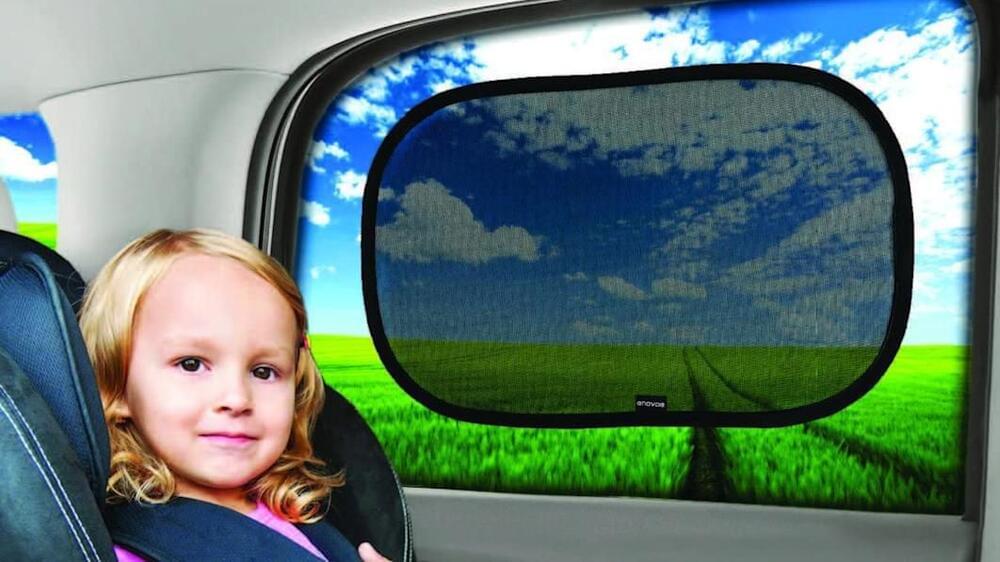
Get the latest international news and world events from around the world.


New electrocatalyst offers hope for less expensive hydrogen fuel
There are a handful of ways to produce hydrogen fuel without emitting carbon into Earth’s atmosphere. One involves using electricity to split water into hydrogen and oxygen.
This method, known as electrolysis, requires a catalyst that speeds up chemical reactions that occur within hydrogen fuel cells.
More often than not, this electrocatalyst is platinum, a metal so rare that it’s typically more expensive than gold, which makes the production process more costly than traditional sources of renewable energy and fossil fuels.
These NanoLeaf-Inspired Modular Lights Can Team Up to Create a Wall-Mounted Four-Digit Display
Built using a 3D-printed framework and an Espressif ESP32, this modular lighting system can double as a display.
Hoag’s Object is a galaxy with an central region and a bright outer ring, but lacks any intervening material.

Weird Object: Hoag’s Object
Hoag’s Object is a galaxy with an central region and a bright outer ring, but lacks any intervening material.
No. 7: With This Ring, I Thee Puzzle.
In 1950, astronomer Arthur Hoag came upon a tiny, faint, 16th-magnitude ring surrounding a ball-like center, and reasonably assumed it was a planetary nebula — a nearby puff of gas expelled from a single old-aged star. He also proposed an alternative and far more exotic explanation that this was an “Einstein Ring” from a faraway quasar. In this scenario, the quasar’s light is distorted into a halo by space-warping caused by a massive foreground spherical galaxy that it seems to surround. But later spectroscopic studies rejected this because the golden central ball and the blue ring have exactly the same redshift, indicating a whopping rush-away speed of 7,916 miles (12,740 kilometers) per second, which proves they’re both located exactly the same distance from us.


Minecraft players built a massive library for censored news
Minecrafts’s Uncensored Library is exploiting a loophole in surveillance technology to sneak the news past government

Electrolux GRO kitchen concept offers a fresh take on sustainable eating
It’s no longer enough to just eat healthy. One also needs to make sure our healthy eating is also healthy for the planet. There has been a great deal of interest and attention given to diets in the past years, especially as people were forced to fend for themselves at home. Diet fads come and go, but the ingredients we use have mostly remained the same, and the demand for meat-based products has only gone higher, not lower. Our food system isn’t just broken, but so is our mindset and expectations of an unlimited supply of materials to feed the planet at the expense of the planet itself. That definitely has to change, and a holistic kitchen system imagines how tomorrow’s diets won’t only be plant-forward but also planet-friendly.

This desk microphone makes it painfully clear whether you are muted or not
It’s amazing how simple designs can save you from hours of frustration and embarrassment, even virtually.
Work and School from Home arrangements have forced many people to get used to video meetings, virtual classrooms, and online presentations. As if those weren’t stressful enough already, the horrors of discovering that you have been speaking for the past 10 minutes to half an hour when you’re mic has been on mute all the time only adds to feelings of dread. Unfortunately, computers and software haven’t adjusted yet to these new demands on life, lacking clear indicators on the status of the mic. While there might be some sophisticated and complicated software that could try to guess whether you actually need to be muted or not, it actually takes a dead-simple idea to give that peace of mind at very little extra cost.
Designer: Yaman Gupta